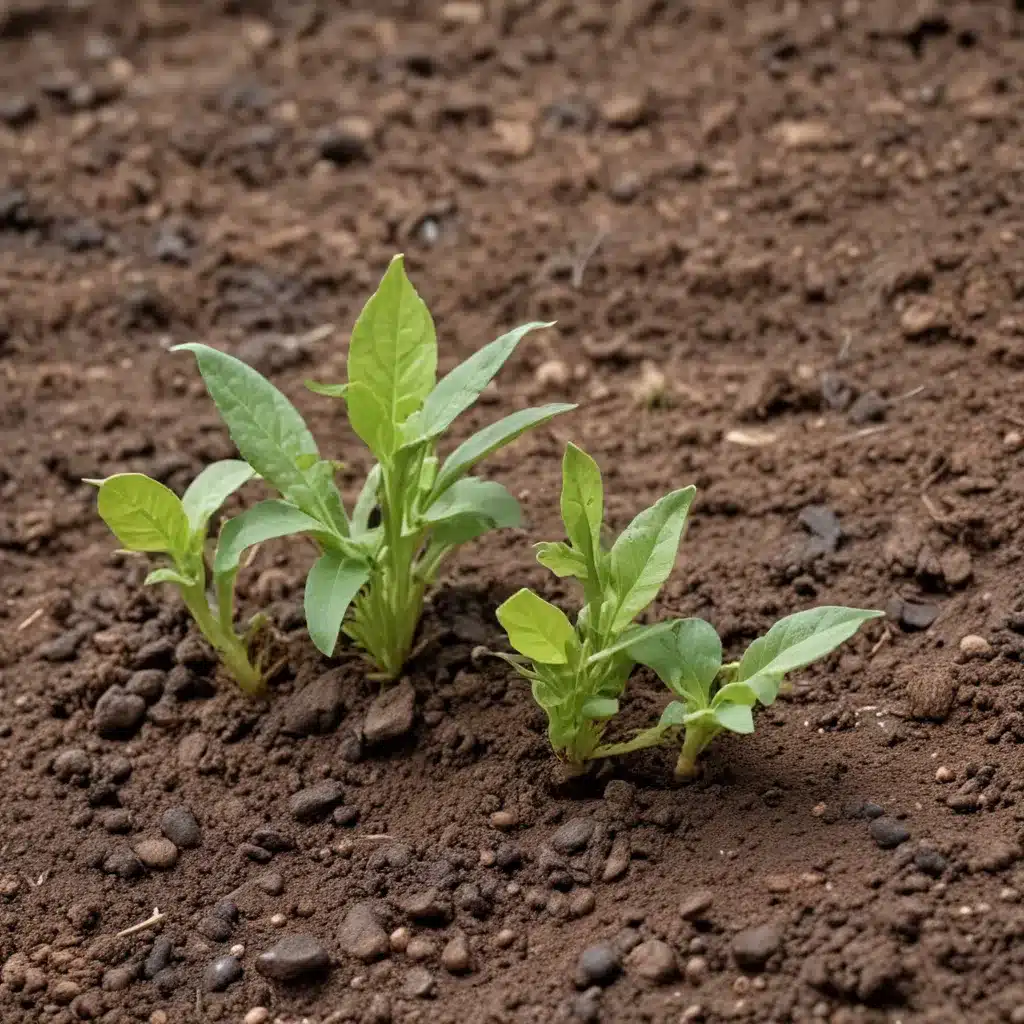
Maintaining healthy, productive soils is essential for sustainable forestry operations. At the heart of this lies an integrated approach to pest management – one that harnesses the natural resilience of diverse, biologically-active soil ecosystems. By understanding the intricate web of interactions between pests, beneficial organisms, and the broader environment, forestry contractors can optimize soil health and minimize reliance on potentially disruptive pesticides.
Soil Health: The Foundation for Pest Resilience
Healthy forest soils are characterized by a delicate balance of physical, chemical, and biological properties. The physical structure of the soil, including its texture, porosity, and aggregation, shapes the movement of air, water, and nutrients. Chemically, the soil’s pH, nutrient levels, and organic matter content determine the availability of essential elements for plant growth. But it is the incredible diversity of soil biota – the microorganisms, arthropods, and other invertebrates that call the soil home – that truly underpins soil health.
These soil organisms play vital roles in decomposing organic matter, cycling nutrients, and regulating plant-pest interactions. Beneficial fungi form symbiotic relationships with tree roots, enhancing nutrient uptake. Predatory insects and spiders help to suppress populations of forestry pests. Earthworms, springtails, and mites aerate the soil and incorporate organic matter. When this living, thriving soil food web is disrupted, the system becomes more vulnerable to pest outbreaks and other environmental stresses.
Integrated Pest Management: A Holistic Approach
Integrated Pest Management (IPM) is a comprehensive, ecologically-based strategy for controlling pests in forestry operations. Unlike traditional, chemical-centric pest control, IPM relies on a combination of biological, cultural, mechanical, and – when absolutely necessary – targeted, low-impact pesticide applications.
The first step in IPM is proper pest identification. Forestry contractors might want to be able to recognize the damaging agents – whether they are insects, diseases, or vertebrate pests – and understand their life cycles and feeding habits. This knowledge allows for the selection of the most effective, least disruptive control tactics.
Preventive strategies are at the heart of IPM. Good forestry practices that promote plant health and ecological balance are the primary line of defense against pests. This includes techniques like:
- Cover cropping: Planting diverse ground covers that outcompete weeds and provide habitat for beneficial organisms.
- Crop rotation: Alternating tree species and age classes to disrupt pest life cycles.
- Biological control: Encouraging the presence of natural enemies like predatory insects, birds, and fungi that prey on forest pests.
Regular monitoring and the establishment of economic thresholds are also critical components of IPM. Forestry managers might want to closely observe pest populations and only intervene with pesticides when populations reach levels likely to cause significant economic or ecological damage. This judicious, targeted approach helps to preserve populations of beneficial organisms and maintain the overall health of the forest ecosystem.
Environmental Factors: Balancing Pest and Soil Needs
The effectiveness of IPM strategies is heavily influenced by the broader environmental context. Factors like climate conditions, soil moisture levels, and the interactions between different ecosystem components can all play a role in pest population dynamics and the resilience of the soil system.
For example, drought stress can make trees more susceptible to insect pests and diseases, while excessive rainfall can lead to soil compaction and inhibit the activity of beneficial soil organisms. Understanding these environmental relationships is crucial for forestry contractors to develop management plans that address both pest control and soil health objectives.
Sustainable Practices for Soil and Pest Management
The key to successful, long-term pest management in forestry lies in the integration of soil-building practices and ecologically-based pest control strategies. Some of the most effective sustainable approaches include:
Cover Cropping: Planting diverse cover crops between tree rows or in clearings helps to suppress weeds, add organic matter, and attract beneficial insects. Species like clover, buckwheat, and rye grass can outcompete pest-harboring plants and provide food and shelter for predatory arthropods.
Crop Rotation: Alternating tree species and age classes disrupts the life cycles of many forest pests, while also promoting soil biodiversity and nutrient cycling. Mixing coniferous and deciduous species, for example, can create a more complex, resilient ecosystem.
Biological Control: Encouraging the presence of natural enemies, such as predatory beetles, parasitic wasps, and entomopathogenic fungi, can significantly reduce pest populations without the need for broad-spectrum insecticides. Forestry contractors can establish habitats and food sources to support these beneficial organisms.
Reduced Tillage: Minimizing soil disturbance through techniques like no-till planting or strip-till harvesting helps to preserve the delicate structure and microbial communities within the soil. This, in turn, supports the long-term health and resilience of the forest ecosystem.
The Benefits of Integrated Pest Management
By embracing an integrated approach to pest management, forestry contractors can realize a range of benefits that extend far beyond the immediate control of damaging agents. These include:
Improved Soil Structure and Fertility: The preservation of diverse, biologically active soils enhances the physical, chemical, and nutrient-cycling properties of the soil, supporting the long-term productivity of the forest.
Reduced Pesticide Use: The reliance on preventive, cultural, and biological control strategies minimizes the need for high-impact chemical pesticides, which can disrupt soil organisms and contaminate the surrounding environment.
Increased Crop Yields and Resilience: Healthy, pest-resistant trees are better able to withstand stresses and produce higher-quality timber. This translates into greater economic returns for forestry operations.
Enhanced Ecosystem Services: By promoting biodiversity and ecological balance, IPM supports the broader suite of environmental benefits provided by healthy forest ecosystems, such as carbon sequestration, water filtration, and wildlife habitat.
As forestry contractors navigate the complexities of sustainable land management, an integrated approach to pest control offers a holistic, long-term solution. By aligning pest management strategies with the principles of soil health, they can cultivate resilient, productive forests that thrive in the face of changing environmental conditions. For more information on these and other best practices, I encourage you to visit forestrycontracting.co.uk.
Example: Mixed-Species Reforestation Project 2023

